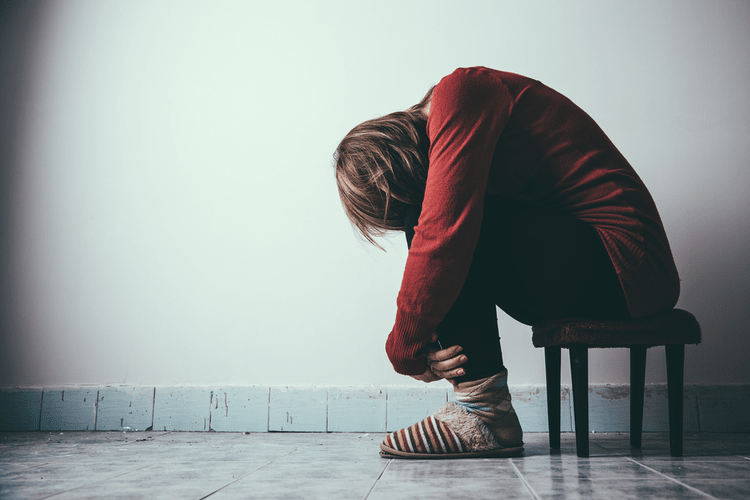They address multiple factors recovery from opioid addiction including education, job training and employment, positive family and social relationships, and housing opportunities, and they work to meet many other personal and professional needs. These factors, known collectively as “recovery capital,” enhance an individual’s ability to function in his or her surroundings, reduce the risk of problematic substance use, and maximize quality of life. Because opioid addiction can have a lasting negative impact on one’s physical and emotional well-being, a comprehensive biopsychosocial approach may be needed to support services aimed at helping maintain abstinence.
The goal of treatment
Recovering from a dependency or addiction to Opioids can be a long, hard process, especially when someone goes into it without all of the information. Whether it is for yourself or a loved one, finding the right treatment options can be important to ongoing sobriety. When entering a recovery program, make sure you have https://dev-hoffaz.pantheonsite.io/women-s-sober-house-united-states/ all of the facts about the center and what they offer.
Do opioids cause withdrawal symptoms?
The most effective method for many is medication-assisted treatment. This deception extends overdose risk beyond people who knowingly use fentanyl or heroin. A teenager experimenting with what they believe is a friend’s prescription or someone buying painkillers from illicit sources could unknowingly ingest lethal fentanyl doses. One of the greatest barriers to ending the overdose crisis is stigma. Stigmatizing attitudes—the false belief that addiction is a moral failing—prevent people from seeking help and create barriers to receiving compassionate, evidence-based care. In 2022, nearly 108,000 people in the United States died from drug overdoses.
- Pick up the phone, fill out a form or chat with us below to get started on your free consultation and treatment assessment.
- Completing detox eases the physical effects of narcotic addiction and opioid withdrawal.
- The vital signs include various evidence-based assessments that measure engagement (health outcomes and ratings related to relationships and cravings) and the many sources of recovery capital.
- Please consult a qualified professional for financial, legal, or health advice specific to your circumstances.
Habits for Proper Mental Health
It’s like they’re collecting doctors’ signatures instead of autographs. Opioid use disorder treatment can vary depending the patient’s individual needs, occur in a variety of settings, take many different forms, and last for varying lengths of time. Tapering guidelines can marijuana addiction vary depending on your specific health needs and situation. Your care team can offer more personalized guidance on the right plan for you.
- It’s like their body is constantly saying, “Dude, I’m so high right now.” And speaking of being high, opioid users often experience frequent flu-like symptoms and increased pain sensitivity.
- When additionally requiring all measured UDS results to be opioid negative, the sustained abstinence rate was 32.0%.
- The choice to include medication as part of recovery is a personal medical decision, but the evidence for medications to support successful recovery is strong.
- Medications used in the treatment of opioid use disorder support a person’s recovery by helping to normalize brain chemistry, relieving cravings, and in some cases preventing withdrawal symptoms.
- As a sensitivity analysis, participants were only considered abstinent if there were no days of self-reported opioid use and UDS results were negative for opioids.
- Old habits are easy to fall back into without a support system in place.
For example, if prescription opioids for cancer-related pain have improved your quality of life, your desire to continue your treatment program wouldn’t be considered a sign of OUD. Although this extra power has benefits in a medical context, it also raises your risk of an opioid overdose if you misuse opioids or use them without guidance from a doctor. Since 2016, the majority of deaths in the opioid overdose epidemic have involved synthetic opioids. You can reduce your risk of dangerous side effects by following your doctor’s instructions carefully and taking your medicine as prescribed. Make sure your doctor knows all of the other medicines and supplements you’re taking.

Animal-Assisted Therapy in Addiction Recovery: How Pets Help Reduce Stress and Promote Healing
The third and most lethal wave began in 2013 with the proliferation of illegally made fentanyl (IMF) in the drug supply. Fentanyl is a synthetic opioid 50 to 100 times more potent than morphine. Comprehensive pain recovery treatment plans can help you manage your pain levels and symptoms more easily. Healthcare providers measure opioid dosages in morphine milligram equivalents (MME) or morphine equivalent doses (MED), which are values that represent the potency of an opioid dose relative to morphine. MME is intended to help providers make safe, appropriate decisions concerning changes to opioid regimens.
This means that they all have the potential to cause dependence and abuse. If you are taking an opiate, it is important to be aware of the risks and to use the medication as prescribed by your doctor. Tolerance and dependence can occur independently of addiction, but they often exist together as the physical and psychological effects of opiates increase. This group of people with lived experience advises the NIH HEAL Initiative on research directions and ensures that research takes into consideration input from people and communities the initiative aims to benefit.

Recently, people with pre-existing depression received opioids for pain management, reporting increased happiness from the drug’s euphoric effects, often when misused. Before current guidelines, medical professionals overlooked the connection between prescription opioid misuse and depression. An opioid overdose occurs when a person uses enough of the drug to produce life-threatening symptoms or death.
